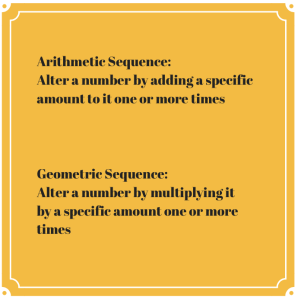Everyone loves different things. The SAT loves faulty comparisons. It’s one of the most popular question types on SAT Writing. It usually occurs near the end of a question set, where the most difficult problems are found. Once you learn to spot faulty comparisons, however, you’ll see how easy it is to pick up points on these questions.
The rule behind these questions is that you should never compare things that are in different classes.
Here’s an example:
The Beatles’ music is better than the Rolling Stones.
This sentence might look correct at first glance, but what is actually being compared here? The Beatles’ music is being compared to the Rolling Stones. You can’t really compare “music” to a “band,” because these are two different classes of things.
Instead, you want to compare music to music, or a band to a band. That is, you want to compare two things of the same class or type.
Here are two ways we can correctly rewrite the sentence:
The Beatles’ music is better than the music of the Rolling Stones.
The Beatles’ music is better than that of the Rolling Stones.
You see how in both of the new sentences we’re comparing music to music? That’s what you want to do.
Anytime you see two things being compared, make sure those things are the same type of thing. You’ll start picking up additional points on every test.
By the way, make sure to use grammar tips like this to improve your own grammar on the SAT essay.




